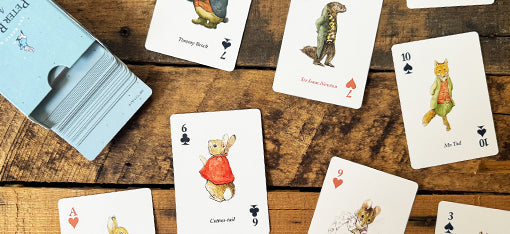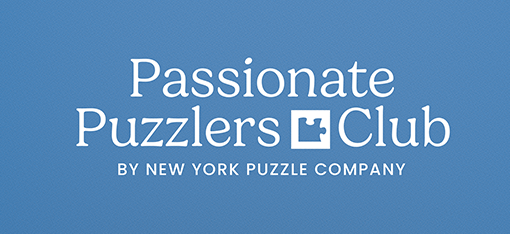Jigsaw puzzles, a beloved pastime for people of all ages, have a rich and intriguing history that dates back over 250 years. From their humble beginnings as educational tools to becoming a global hobby, jigsaw puzzles have evolved significantly, capturing the hearts and minds of puzzle enthusiasts worldwide. Although New York Puzzle Company is relatively young at 17 years old compared to the long history of jigsaw puzzles, we're thrilled to be part of this enduring tradition. Before we delve into the history of New York Puzzle Company, let's first explore the fascinating history of jigsaw puzzles.
The Early Beginnings
The origins of jigsaw puzzles can be traced back to the 1760s when European mapmakers and engravers began mounting maps on wood and cutting them into small pieces. John Spilsbury, a British cartographer and engraver, is credited with creating the first jigsaw puzzle around 1767. His intention was to use these "dissected maps" as educational tools to help children learn geography. Spilsbury's puzzles were hand-cut using a marquetry saw and featured maps of the world, Europe, Asia, Africa, and America.
The Evolution of Jigsaw Puzzles
As jigsaw puzzles gained popularity, they began to evolve in both design and complexity. By the early 1800s, puzzles started to feature more intricate images, including historical scenes, biblical stories, and famous paintings. These puzzles were still primarily made of wood and cut by hand, making them relatively expensive and accessible mainly to the wealthy.
The late 19th century saw significant advancements in puzzle-making technology. The invention of the treadle saw allowed for more precise and intricate cuts, leading to the creation of puzzles with interlocking pieces. This innovation made jigsaw puzzles more challenging and enjoyable, further increasing their popularity.
The Golden Age of Jigsaw Puzzles
The 20th century marked the golden age of jigsaw puzzles. With the advent of lithographic printing and the use of cardboard, puzzles became more affordable and accessible to a broader audience. The Great Depression of the 1930s played a pivotal role in the surge of puzzle popularity. During this time of economic hardship, jigsaw puzzles offered an inexpensive form of entertainment that could be enjoyed by individuals and families alike. Companies like Parker Brothers and Milton Bradley began mass-producing jigsaw puzzles, featuring a wide variety of images, from scenic landscapes to comic strips.
Modern Jigsaw Puzzles
Today, jigsaw puzzles are enjoyed by millions of people around the world. Advances in technology have led to the creation of puzzles with stunningly detailed images, ranging from famous artworks to photographs of nature and animals.
In recent years, jigsaw puzzles have experienced a resurgence in popularity, particularly during times of social distancing and lockdowns. Puzzling provides many mental health benefits as a mindful and engaging activity that can be both relaxing and intellectually stimulating. The sense of accomplishment that comes with completing a challenging puzzle continues to captivate puzzle enthusiasts of all ages.
About New York Puzzle Company
Founded in 2007 by two college pals, Adam and Sarah, New York Puzzle Company started with a simple idea of making a puzzle of the iconic NYC subway map. With only six puzzle designs in our line, we decided to make the plunge to exhibit at the NY Toy Fair and see what people thought of our designs.
Today, New York Puzzle Company is renowned for its high-quality jigsaw puzzles featuring artwork from publications such as The New Yorker Magazine, Vogue Magazine, and more. We also collaborate with independent artists like Loré Pemberton, Victo Ngai, and Peter de Sève to bring the works of your favorite artists to life. Additionally, New York Puzzle Company is committed to environmental responsibility, striving to produce eco-friendly jigsaw puzzles.






















